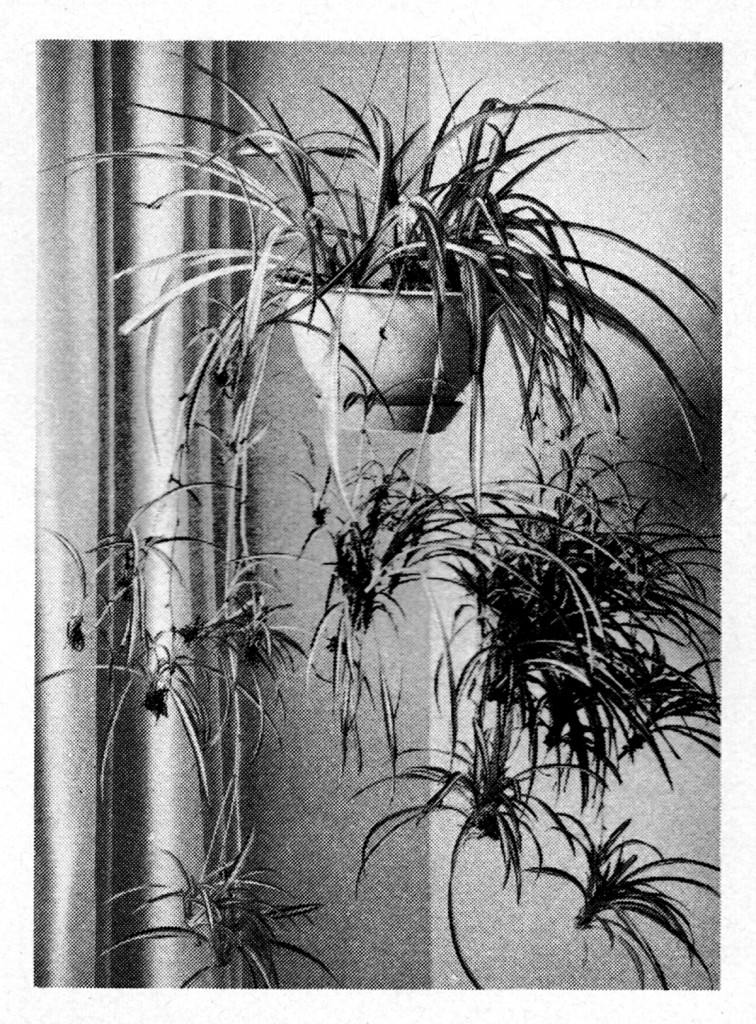The same things have been circulating as of late: similar wonderings, arriving in different forms, from different lips.
World-making; nothing but us and ‘the anthropocene’; ‘portals’; old flames; water crises; feeding our chosen families; our bodies; our labourings; half-time zones, deep-time, full-time, future-time, all of the time.
We write on planes; sleep with each other in laundry rooms; make art between walks and meals and life. We stay in one place, seemingly with irreversible speed. Someone coined this once, ‘the pain of staying put’; the pain of something rendered unrecognizable in front of our eyes; the pain of the uncanny, a home now uninhabitable.
A clumsy conglomerate of nostalgia, desolation, solace: solastalgia, a form of homesickness we experience when we are still, in all accounts, ‘home.’
Pick apart the letters of a word. Leave out the consonants. Assemble them. Pick another, leave only the vowels. Count them with your toes: “O-E,” “O-E.” In the car as a child you silently count utility poles by flexing the muscles in your legs. You hear that the northern lights own a sound, and that the water we wash with is older than the sun itself.
A spider plant throws its babies down, like escapees on bed sheets tied together. Cosmonaut-certified, these spiderettes filter indoor air pollution, our breath, colour image negatives, an over-cooked dinner, dusty bathroom grates. Taxonomically polyphyletic, spider plants are “those which have multiple origins.” The polyphyletic share no common ancestor, no tie or mutuality aside from the trait that holds them together. Is this trait in us, our collective desire to assemble, our compulsion to ‘make’?
Sitting cross-legged on the floor, how far can our bodies bend to salvage, discover, and capsize. Out-of-reach of fingers, minds look underneath, half-moons sit atop each other like ship windows—an oculus before the rift.
In our feverish dreams, our minds upturn what is found, a warm hand cups another, walls become bare, curtains are hemmed.
In the frame of an image, glass sits atop a circular wrought iron table. Cropped, we only see a quarter of it, the rim rests almost at the edge. It reflects what it is outside of itself: a blue bird sky, a lemony house with dark French shutters, an awning, and underneath, cracked concrete, rusted metal, a cherry red seat of a chair. On top: a metal wingnut, an iodized paperclip, a crushed dandelion, discarded steel. Hovering above, a small hand enters the frame, holding a circular silvery disk reflecting the sky.
At the centre of five million miles of boreal snow forest, a family slept through a war. On a precipice, facing forward, we pick up the phone, our hurried conversations pace like feet; this pace is our body’s resistance against us, its own ineffable judgment.
Judgment extends to our compulsions. Vitality is urgent in the objects that we upturn, assemble; rid of any honey-eyed nostalgia. The contents of our “O-E”’s transformed for future purpose, our nail beds entirely earth.
There is an utterance of urgency in all images. What is the shape of a key? Our own blinked delay only sees the past. Our hands must form future vessels, spaces where memory is not fetishized, but repurposed. So much in progress.
PETA RAKE is the Curator of Walter Phillips Gallery and the Banff International Curatorial Institute, The Banff Centre. She has curated exhibitions at ISCP (New York), Oakland Museum of California (Oakland), CCA Wattis Institute for Contemporary Art (San Francisco), Luggage Store Gallery (San Francisco), Esker Foundation (Calgary). She has worked closely with artists to produce solo-exhibitions of their work for the first time in Canada, such as Charlotte Moth, Celia Perrin Sidarous, and Elisheva Biernoff. She had previously worked at California College of the Arts and Steven Leiber Archive (San Francisco) and the Institute of Modern Art (Brisbane). She writes regularly for C Magazine and her texts have appeared in Canadian Art, Fillip, San Francisco Arts Quarterly, Rearviews, Institutions by Artists, On Apology and an upcoming compendium She would roll petite cigarettes, petite like her with Ola El Khalidi. Rake holds a Masters in Curatorial Practice from California College of the Arts, a Bachelor degree in Creative Industries from Queensland University of Technology and was the recipient of the 2014 Curator Award from ISCP in New York. In 2017 she will co-curate the Alberta Biennial of Contemporary Art alongside Kristy Trinier.
MAGGIE GROAT works in a variety of media including collage, sculpture, textiles, site-specific interventions and publications. Her current research surrounds site-responsiveness with regards to shifting territories, alternative and decolonial ways-of-being, and the transformation of salvaged materials into utilitarian objects for speculation, vision and action. Her work has been included in exhibitions at Western Front (Vancouver BC), The Power Plant, Mercer Union, Erin Stump Projects (Toronto, ON), and Rodman Hall Brock University (St. Catharines, ON). She is the editor of the collected works, The Lake, published by Art Metropole, in 2014. Groat was an Audain Artist Scholar in Residence at Emily Carr University (Vancouver, British Columbia) in 2014 and nominated for the Sobey Art Award in 2015. Groat studied visual art and philosophy at York University before attending The University of Guelph, where she received an MFA degree in 2010. She is represented by Erin Stump Projects in Toronto and currently lives and works on the southern shore of Lake Ontario, traditional Haudenosaunee and Attawandaron territory.
Maggie Groat gratefully acknowledges the support of the Ontario Arts Council and Erin Stump Projects. She would like to thank Peta Rake for writing a text for the exhibition.
